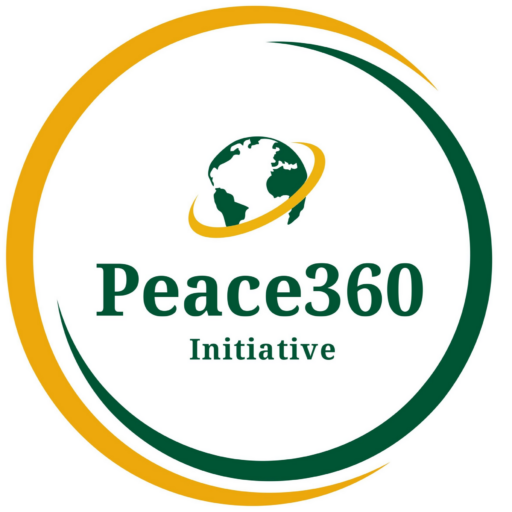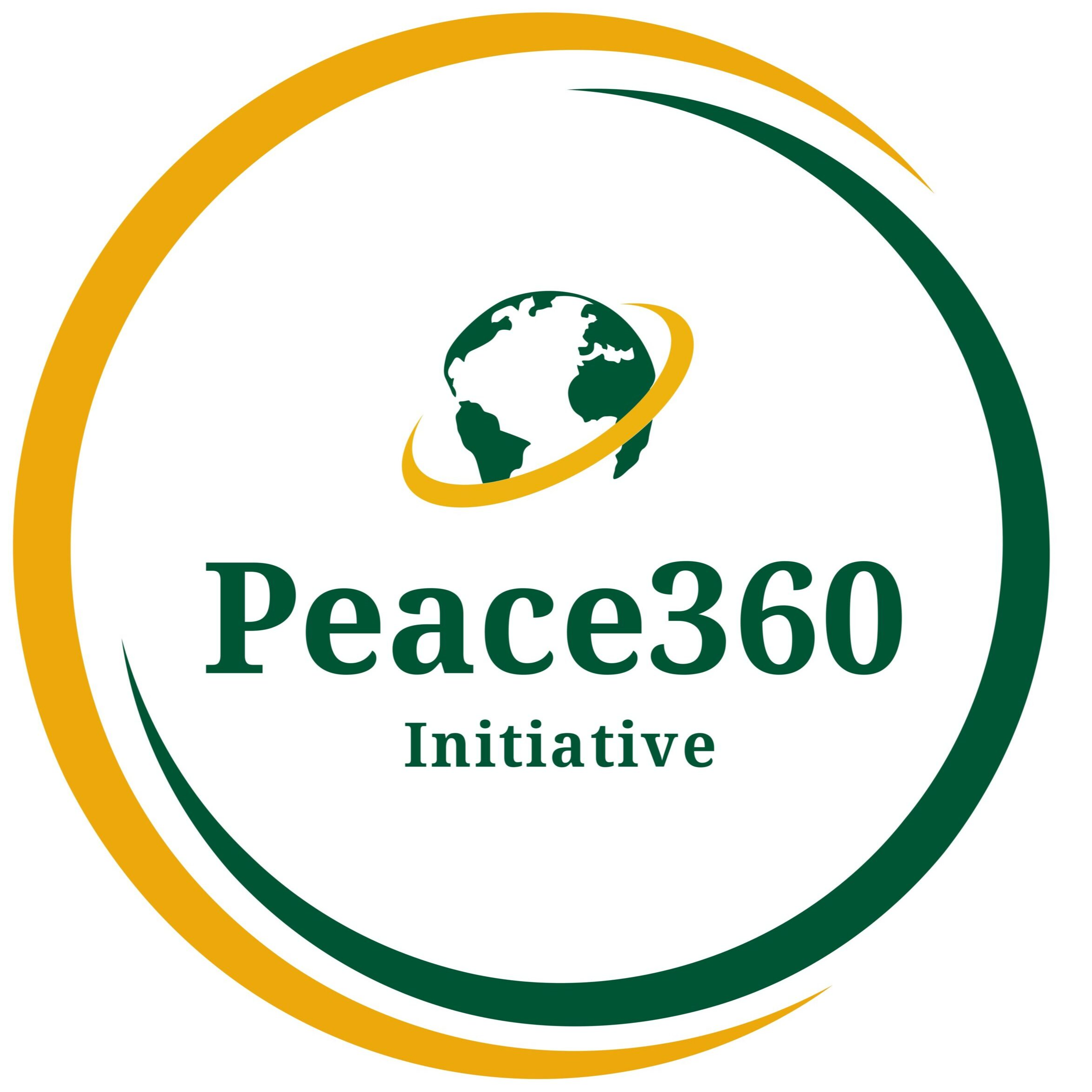No Health Without Mental Health
Around 1-in-7 people globally (11-18 percent) have one or more mental or substance use disorders.
Globally, this means about one billion people in 2017 experienced one disorder.
The largest number of people had an anxiety disorder, estimated at around 4 percent of the population.
The World Health Organization (WHO,) estimates that more than 300 million people worldwide suffer from depression.
It’s also the world’s leading cause of disability.
19.1% of U.S. adults experienced mental illness in 2018 (47.6 million people).
This represents 1 in 5 adults. 4.6% of U.S. adults experienced serious mental illness in 2018 (11.4 million people).
This represents 1 in 25 adults.
Anxiety disorders are the most common mental illness in the U.S., affecting 40 million adults in the United States age 18 and older, or 18.1% of the population every year.
Anxiety disorders are highly treatable, yet only 36.9% of those suffering receive treatment.
The National Institute of Mental Health (NIMH) estimates that 16.2 million U.S. adults had at least one major depressive episode in 2016.
This represents 6.7 percent of the U.S. adult population.
Over 10.3 million adults in the U.S. with serious thoughts of suicide.
Over 10 million adults still report an unmet need for mental health care.
Conflicts are a Threat to Human WorldMind
Although, the United States has come a long way since the days of slavery have made huge steps towards granting equal rights, on the basis of race in the 1960s. Racism is still a very pressing problem in the US today.
Groups of color in the US are unfortunately often targeted and subjected to discrimination, ranging from racist comments, to violent hate crimes, while the majority feels insecure and injustice.
A majority of Americans say racism remains a major problem in American society and politics. 42% of US employees have experienced, or seen racism at work.
It’s the latest example of how diversity and inclusion efforts are falling short, especially in America.
Racism and its effects can lead to chronic stress for children.
And, chronic stress leads to actual changes in hormones that cause inflammation in the body, a marker of chronic disease.
In one US survey, 15.8% of students reported experiencing race-based bullying or harassment.
There is a darker side to the internet that sees extremist/radical/fringe groups exploit these unique features to spread divisive ideas, racial hate and mistrust.
Scholars of racism refer to this type of racist communication online as “cyber-racism”.
Despite the “progress” in culture, science and technology, racism, tribalism, nationalism, colonialism and the caste system have been mainly responsible for the death of over 62 million human beings in the last 100 years.
Today, there are about 22 million refugees in our world who were forced to abandon their homes, because of nationalistic wars.
Community engagement is crucial for co-existence
Meaningful, community engagement is critical, because of the evidence that non-participation in its various forms is damaging for health and well-being.
Community engagement can play an important role in this respect and it can lead to improved outcomes for communities.
Trust and collaboration is something that has been in short supply in many communities. Constructive relationships between communities and the institutions of government make community engagement not only desirable, but necessary and viable. It is a collaborative approach to the design and/or delivery of services.
Drawing on local knowledge from a large and diverse group of people, creates solutions that are practical, effective and tailored to what will work in a specific area.
Additional benefits include: Improve community’s skills on problem-solving and looking at a situation from multiple sides, to find the best solution.
Empower and unite people of different backgrounds and ethnicities, by providing a common ground for people to work towards common goals.
Create local networks and an atmosphere where on-going discussions can be held. Increased trust between community organizations and the local government, may reduce and mitigate conflicts.
We have a social responsibility
Violence in America tends to be highly concentrated.
The United States has the 28th-highest rate of deaths from gun violence in the world: 4.43 deaths per 100,000 people in 2017 — far greater than what is seen in other wealthy countries.
There were more than 1.2 million incidents of rape, robbery, aggravated assault, and murder reported in the United States in 2018 – a 3% decline from the previous year.
Men, especially young, African-American men, are at the heart of American violence.
Violence against girls and women is one of the most pervasive, fundamental violations of human rights in the world.
Global estimates published by WHO indicate that about 1 in 3 (35%) of women worldwide have experienced either physical and/or sexual, intimate partner violence, or non-partner sexual violence in their lifetime. It affects girls and women’s health, their ability to earn an income, and their dignity and opportunity.
Globally, it is estimated that up to 1 billion children aged 2–17 years, have experienced some form of physical, sexual, or emotional violence or neglect in the past year.
In the United States, more than 4 children die from child abuse and neglect on a daily basis.
Over 70% of these children are below the age of 3.
Boys (48.5%) and girls (51.2%,) become victims at nearly the same rate. 2.9 million cases of child abuse are reported every year in the United States.
Our World is Endangered with Disasters
Every year, natural disasters kill around 90 000 people and affect close to 160 million people worldwide.
Natural disasters include earthquakes, tsunamis, volcanic eruptions, landslides, hurricanes, floods, wildfires, heat waves and droughts.
The Federal Emergency Management Agency (FEMA,) supported 59 major disaster declarations and 16 emergency declarations in 2017, a year during which unprecedented disasters affected more than 25 million Americans, almost eight percent of the U.S. population.
During 2018, the U.S. experienced a very active year of weather and climate disasters.
In total, the U.S. was impacted by 14 separate billion-dollar disaster events: two tropical cyclones, eight severe storms, two winter storms, drought, and wildfires.
The past three years (2016-2018) have been historic, with the annual average number of billion-dollar disasters being more than double the long-term average.
After experiencing a disaster, many individuals develop severe post-traumatic stress disorders (PTSD,) or withdraw into states of depression.
Others develop negative associations from the environment, in more developed nations. Also after disasters, food often becomes scarce.
Thousands of people around the world go hungry, as a result of destroyed crops and loss of agricultural supplies, whether it happens suddenly in a storm or gradually in a drought.
As a result, food prices rise, reducing families’ purchasing power and increasing the risk of severe malnutrition or worse.
The impacts of hunger following an earthquake, typhoon, hurricane or wildfire, can be tremendous, causing lifelong damage to children’s development.

